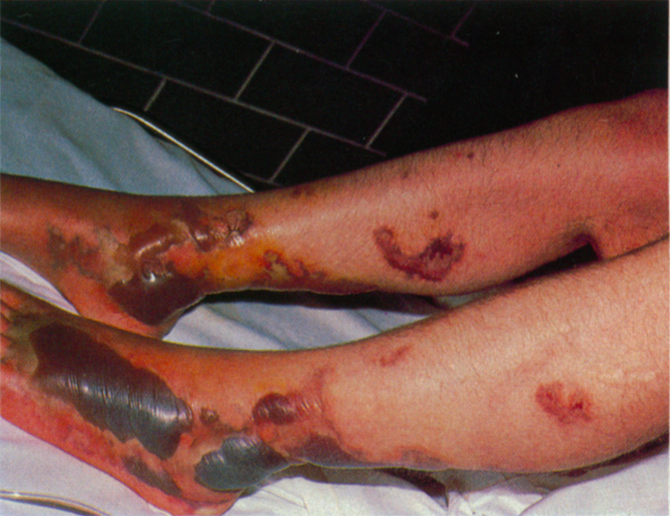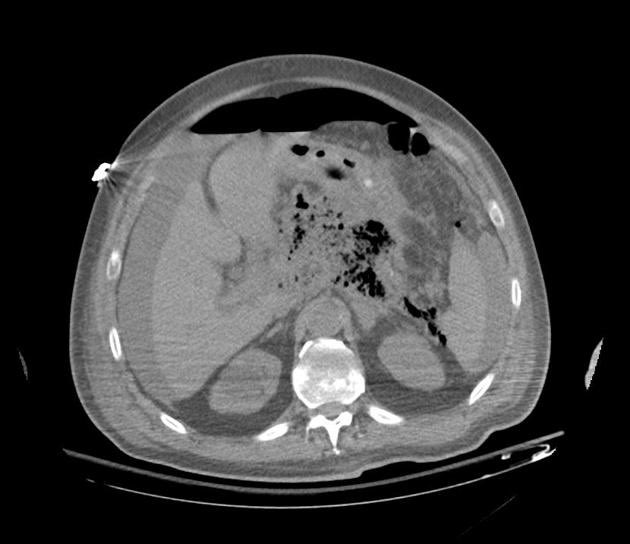
🔥 🔥 Long-awaited final data from ACTT-1! 🔥 🔥
#Remdesivir decreased time to discharge but had no statistically significant mortality benefit at day 29.
Benefit seems limited to patients on supplemental oxygen (but not ventilated)
nejm.org/doi/full/10.10…
#Remdesivir decreased time to discharge but had no statistically significant mortality benefit at day 29.
Benefit seems limited to patients on supplemental oxygen (but not ventilated)
nejm.org/doi/full/10.10…

My conclusion: clearly there is a clinically meaningful benefit in patients who require supplemental oxygen but not higher levels of respiratory support.
Personally I would also use it in critically severe disease *if supply was not a constraint*. But unfortunately it is.
Personally I would also use it in critically severe disease *if supply was not a constraint*. But unfortunately it is.
Thanks to the US “me-first” approach to hoarding remdesivir, minuscule supplies are available in Canada.
We were allocated 30 courses for the *entire province* (4.5 million people) outside of a clinical trial (which is not an option at most hospitals)
We were allocated 30 courses for the *entire province* (4.5 million people) outside of a clinical trial (which is not an option at most hospitals)
Consequently, it is imperative that we reserve it for patients most likely to derive benefit.
Based on the data in ACTT-1, this is indisputably patients requiring supplemental oxygen but not mechanically ventilated.
Based on the data in ACTT-1, this is indisputably patients requiring supplemental oxygen but not mechanically ventilated.
• • •
Missing some Tweet in this thread? You can try to
force a refresh












